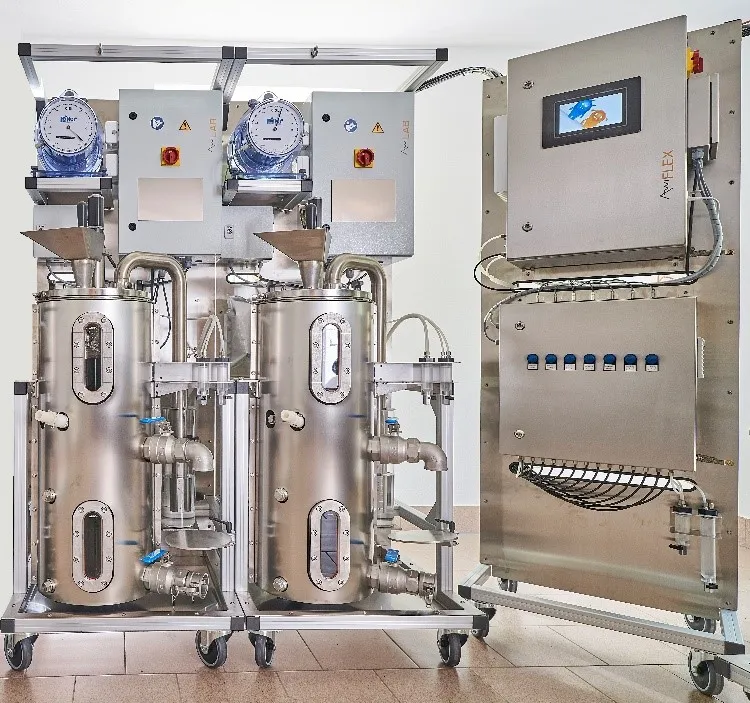Urban Heat Cycle
With increasing urbanization, more people are shifting the focal point of their lives to urban centers and densely populated conurbations. According to an estimate by the United Nations, around 70 percent of the world's population will live in cities by 2050. Although this development poses major challenges for urban planners and residents, it also offers many opportunities and potential for a sustainable transformation of urban space. A central aspect of this future task is the generation and provision of energy. Although cities only cover 2 percent of the earth's surface, they account for almost 80 percent of global energy consumption. Regarding global climate and environmental protection, it seems clear that tomorrow's energy industry will be shaped in urban centers.
With 4.1 million systems in 2023, oil heating is still one of the standard heating systems in the German building stock. The new Building Energy Act (GEG) aims to gradually increase the proportion of climate-neutral energy sources in heating oil from 15 percent as of 2029 to 100 percent by 2045. Although the market share of sustainable heating systems with renewable energies is growing steadily, heating oil-based solutions will remain relevant for many private households for the next 30 - 40 years. The use of an inexpensive, bio-based heating oil equivalent could be a viable option due to its compatibility with existing logistics and transportation systems.
As the energetic use of vegetable oils competes with their traditional use as food, new approaches are needed for the sustainable and scalable provision of vegetable oil alternatives. In the UrbanHeatCycle (UHC) project, the raw materials for the production of bio-based heating oil are to be obtained in microbial production systems from locally available waste streams. As biogenic residues without significant value, municipal sewage sludge and waste from brown garbage cans are ideal carbon sources for the fermentative production of intermediates as the basis for biogenic energy sources.
As part of a raw material characterization, a suitable and representative sewage sludge (primary or secondary sludge) should first be identified and examined in a comprehensive chemical analysis. In the subsequent biotechnological conversion, the sewage sludge is converted into volatile fatty acids (VFA) and hydrogen through the enzymatic hydrolysis of organic compounds and the anaerobic fermentation of the intermediates. In addition to the optimization of enzymatic degradation, the focus of the investigations lays primarily on the inhibition of methanogenesis, as this significantly influences the degree of VFA and hydrogen formation. Through targeted process control or the addition of additives, anaerobic degradation after acetogenesis is to be stopped and product formation maximized. Both processes and a heavy metal separation by algae biomass are to be realized on a technical scale (50 L) and set up the basis for scaling up to an industrial scale.


| Project Leader | Prof. Dr.-Ing. habil. Konrad Koch |
| Researcher | David Voßschmidt, M.Sc. |
| Funding | BMBF |
